2025 Ford Expedition Up Close: Changing With the Times

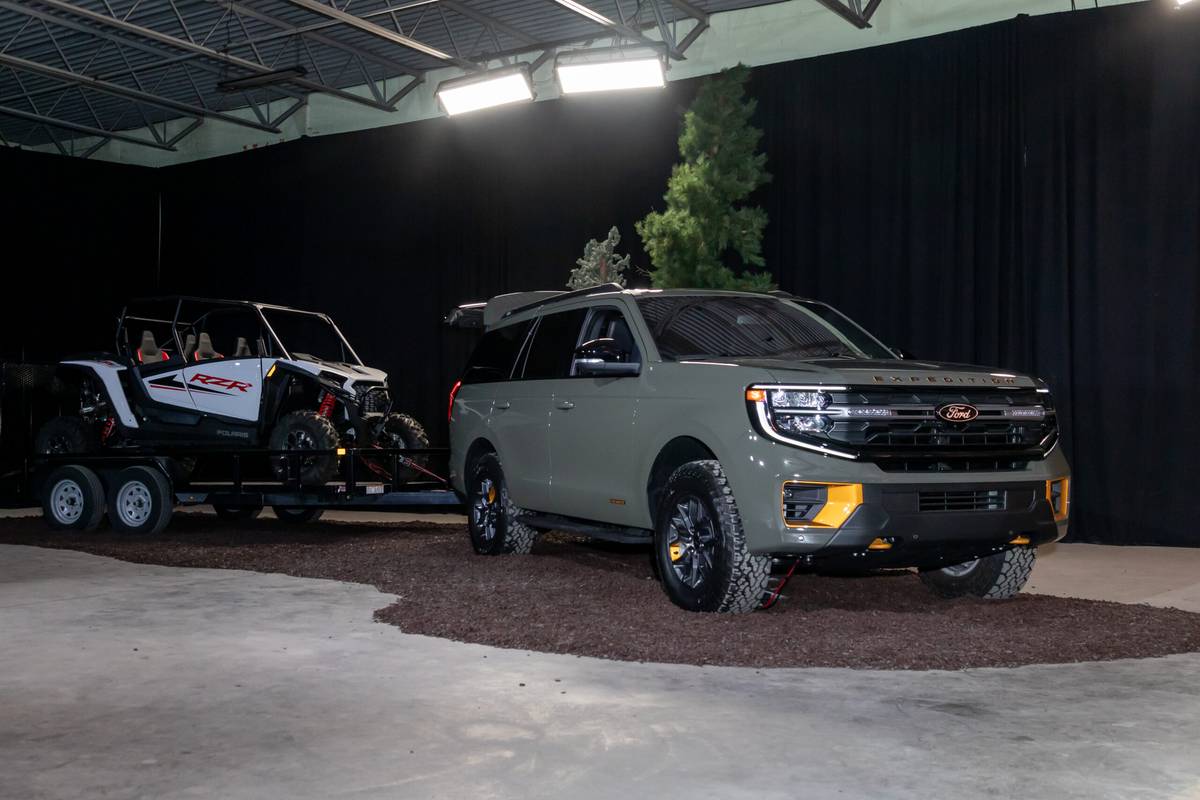
I grew up in a family that had a 1996 Ford Expedition that was enjoyed immensely. Lots of people enjoyed the Expedition in the late 1990s — it was a boom time for the full-size SUV, as families bought them instead of station wagons or minivans and dads liked being seen as rugged truck drivers instead of minivan-saddled family men. But the spiking gas prices throughout the 2000s and the Great Recession ended that boom time rather succinctly. And today, full-size SUV sales are a fraction of their old peak.
But that doesn’t mean full-size SUVs have gone away entirely; they’ve just changed their focus, and for a significant percentage of the population, they’re the only kind of family vehicle that’ll do what they need them to do: haul seven people in comfort, tow a very heavy camper or boat, or slog through some fairly challenging desert terrain to get to a favorite family camping spot.
With the change in buyers comes a necessary change in mission, and Ford is adapting its 2025 Expedition with some significant changes to the line-up, which I had the chance to check out in person. Bye-bye, boomers; mazel tov, millennials!






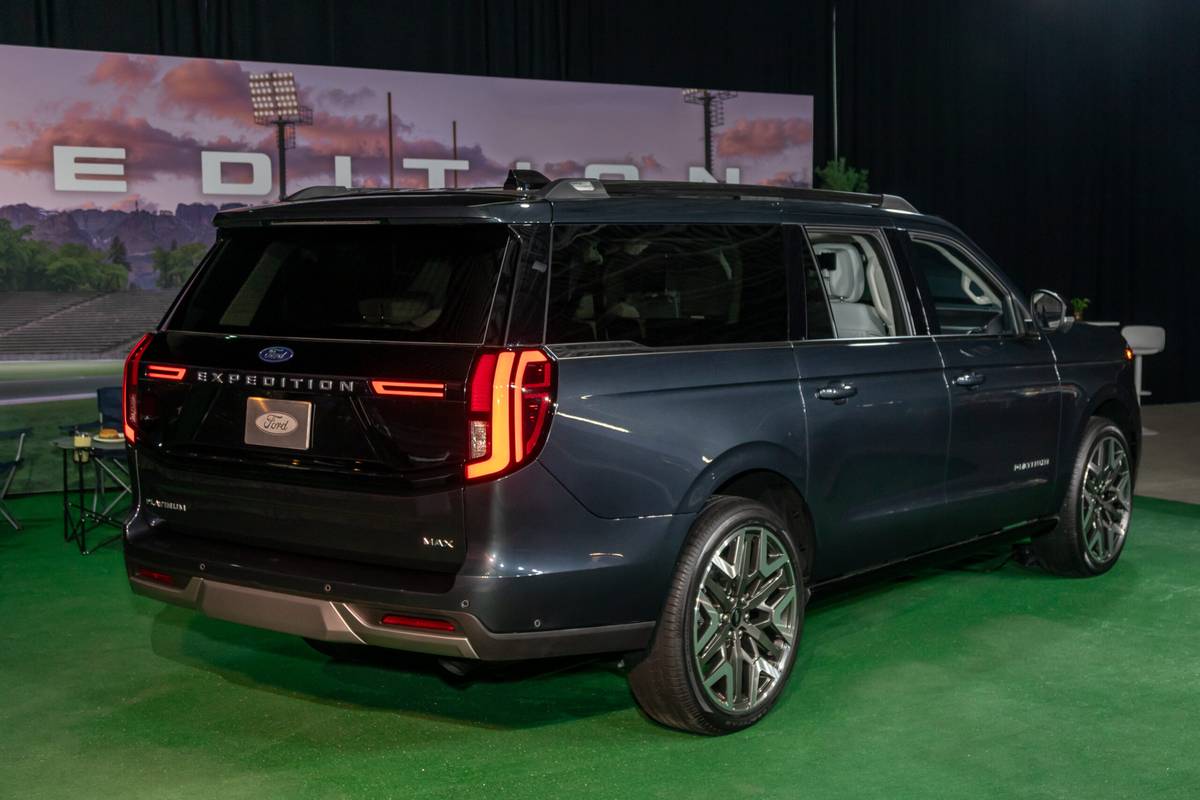
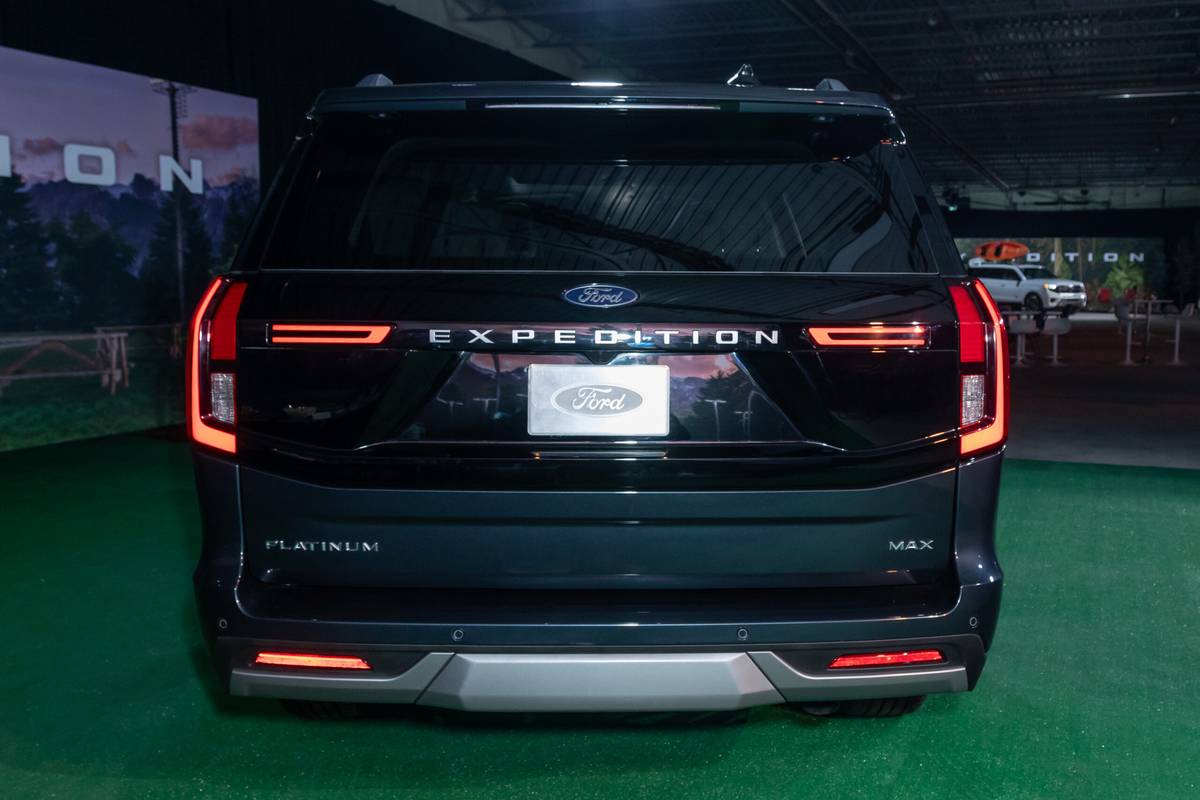




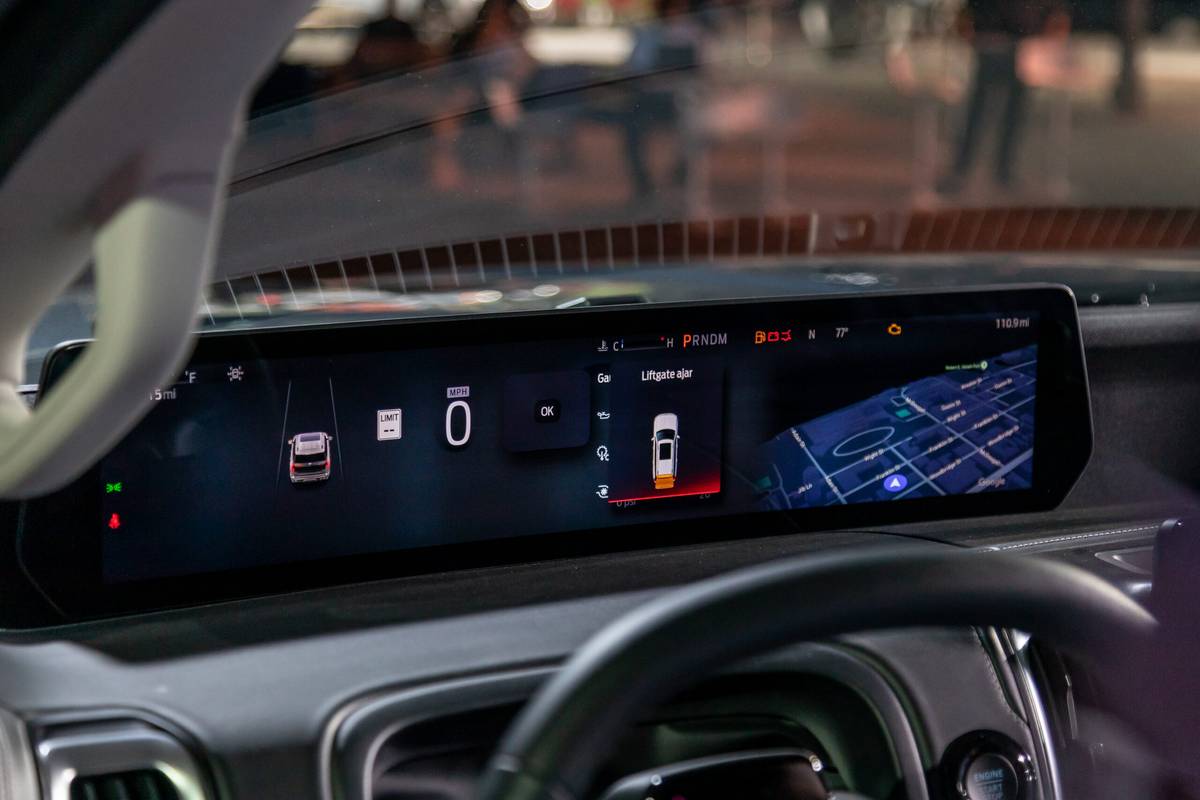






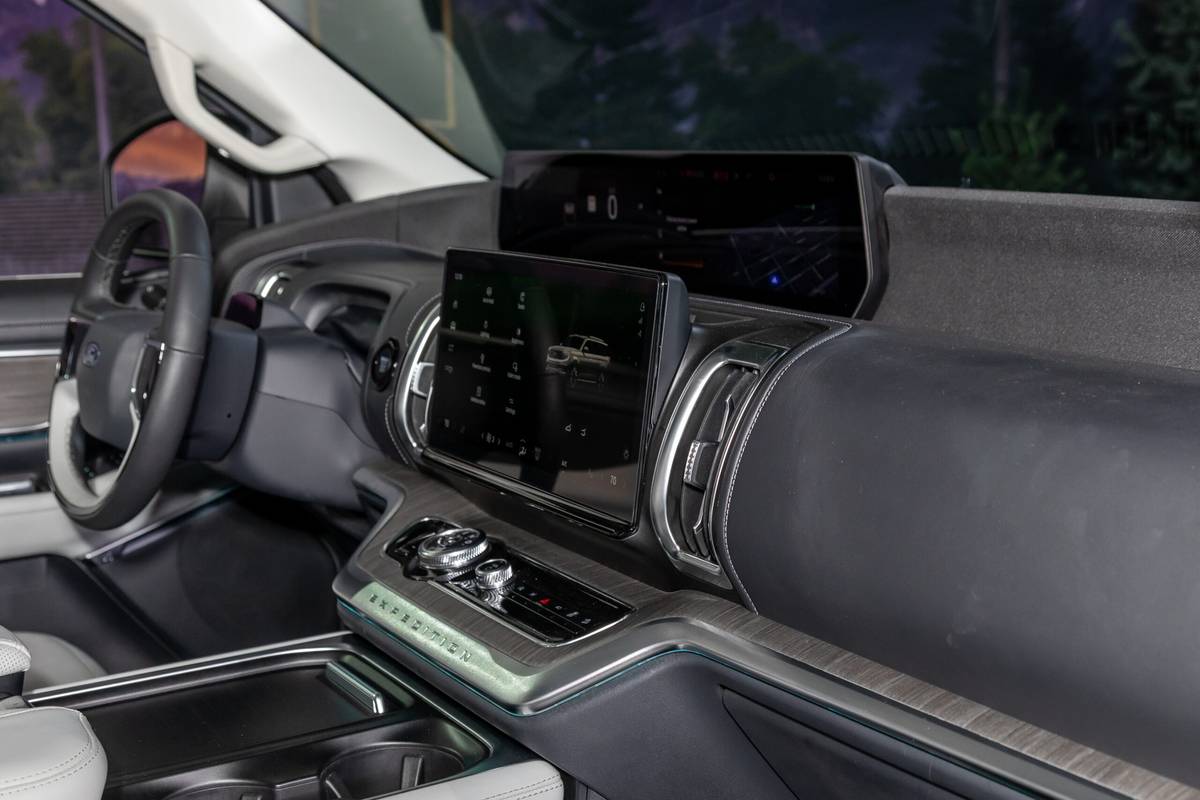







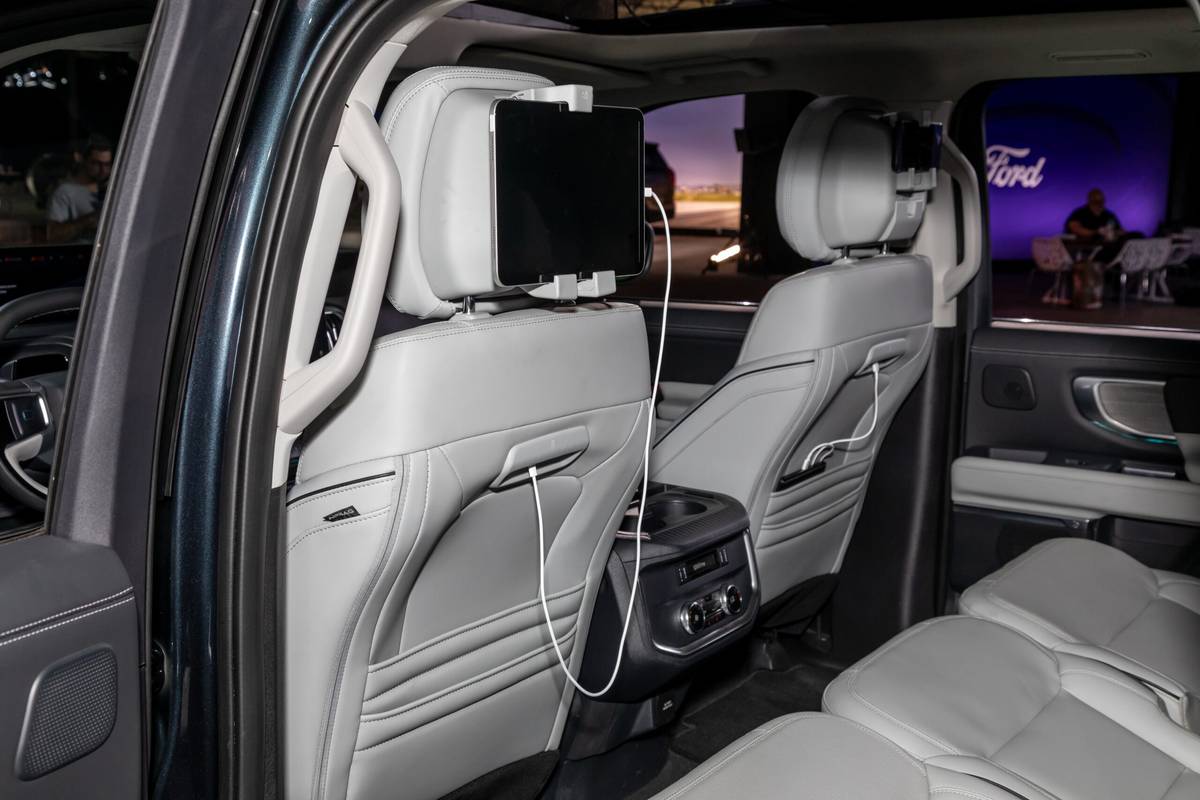




























New Looks, New Gear
From the outside, the Expedition is barely noticeable as changed — but then, it’s not all that easy to make radical styling changes to a traditional two-box SUV design. Ford did a good job with a new front end that incorporates slimmer headlights into the larger grille, with an LED light signature that helps make it distinctive from the front.
Down the sides and back, the Expedition looks largely the same, but the new Ford Split Gate adds additional levels (literally) of utility. It provides a comfy perch to watch games, as well as a handy table and outlet to put that crockpot full of game-day chili on to serve your fellow tailgaters. The side-illuminating spotlights integrated into the roof rack are pretty cool, too. All of it is useful tech and, frankly, par for the course when talking about Ford’s general improvements. This is what Ford does: canvasses its customers, finds out how they use their vehicles and then engineers some simple, genuinely useful improvements and innovations that make people go, “Whoa, I didn’t know I needed that, but I want it.”
It’s the same thing with the towing technology that’s now available on the Expedition. Pro Trailer Hitch Assist is like magic in other Fords we’ve seen it in, from the Maverick to the Super Duty, as it uses onboard AI, software, cameras and automated driving tech to back the vehicle up to the trailer hitch automatically. Pro Trailer Backup Assist is also present, helping you reverse a truck-and-trailer combo once the thing is hooked up. The improved 9,600-pound maximum towing capacity is interesting (but approaches trailer weights that are better served by a heavy-duty pickup truck, in my opinion), as is the claim that you no longer need weight transfer bars on loads below 7,000 pounds. That will certainly be a claim we test out when we get our hands on a new 2025 Expedition and drive it.








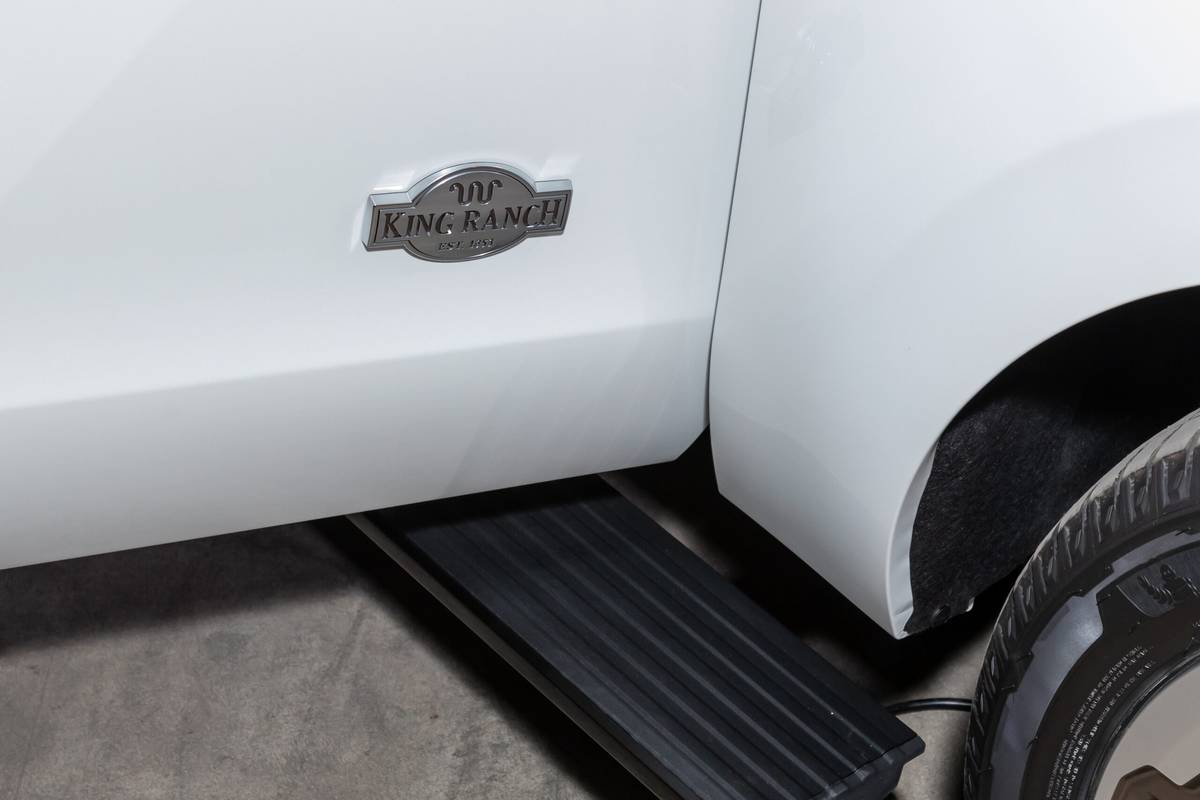








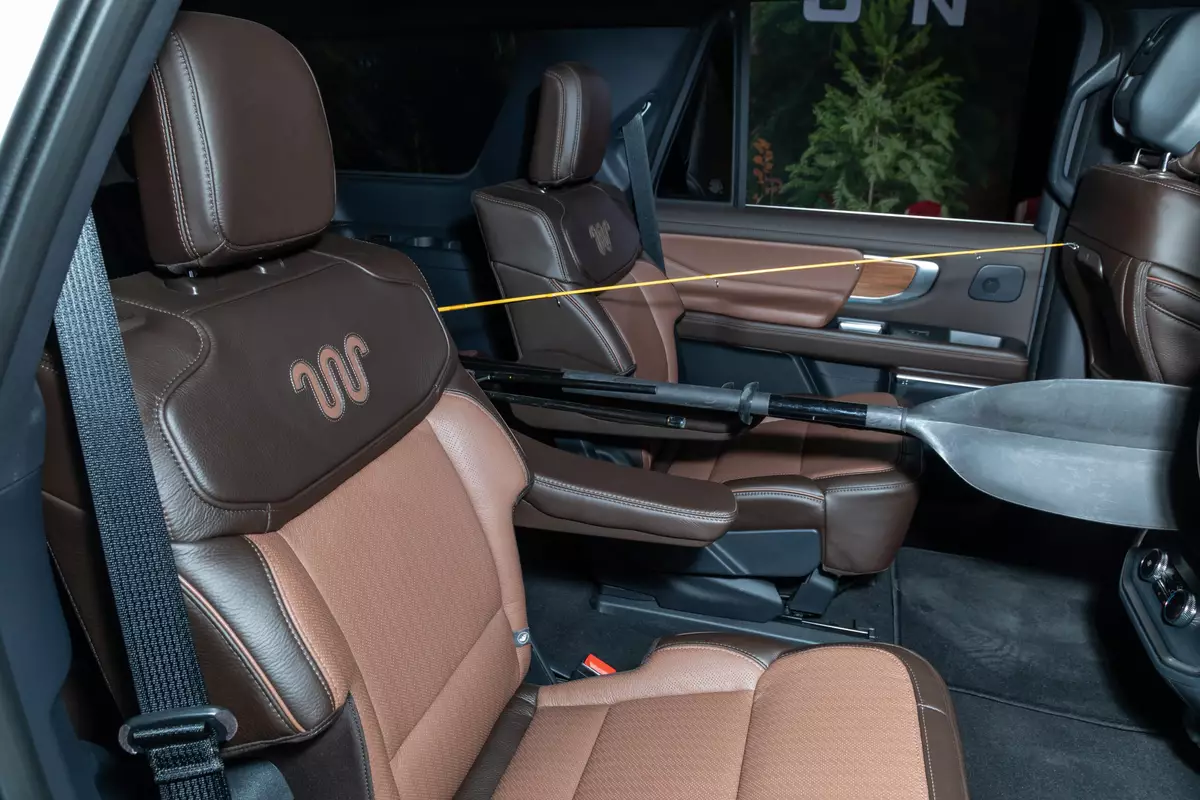


















Radical New Interior
But all the neat new features are second fiddle to the big change: that radical new reshaping of the Expedition’s dashboard. No longer is the Expedition just a version of the F-150 with an enclosed cargo box and more seats; Ford is letting the big SUV go its own way in terms of passenger cabin design, and the result is radical. The 24-inch panoramic display and squared-off steering wheel, which you look over instead of through, might take some getting used to, and shorter drivers aren’t likely to favor it at all since it makes the dash feel quite tall, but I don’t hate this setup. I don’t even mind the touch-only climate controls, as they all have dedicated, static positions at the bottom of the center touchscreen. The 24-inch display is exactly half of what you’ll find in a Lincoln Navigator, which uses a 48-inch pillar-to-pillar display (as does Lincoln’s smaller Nautilus), but it’s still enough to be dramatic.
The Google operating system that underlies the new Ford Digital Experience works reasonably well as long as you have a solid data connection. All of the voice commands are now through Google Voice Assistant, which in my experience is less than optimal. And in a bid to continue revenue streams well into the future, Ford has made full functionality and connectivity a subscription fee (as is BlueCruise hands-free driving assist). Such is the way of the future, apparently.
More From Cars.com:















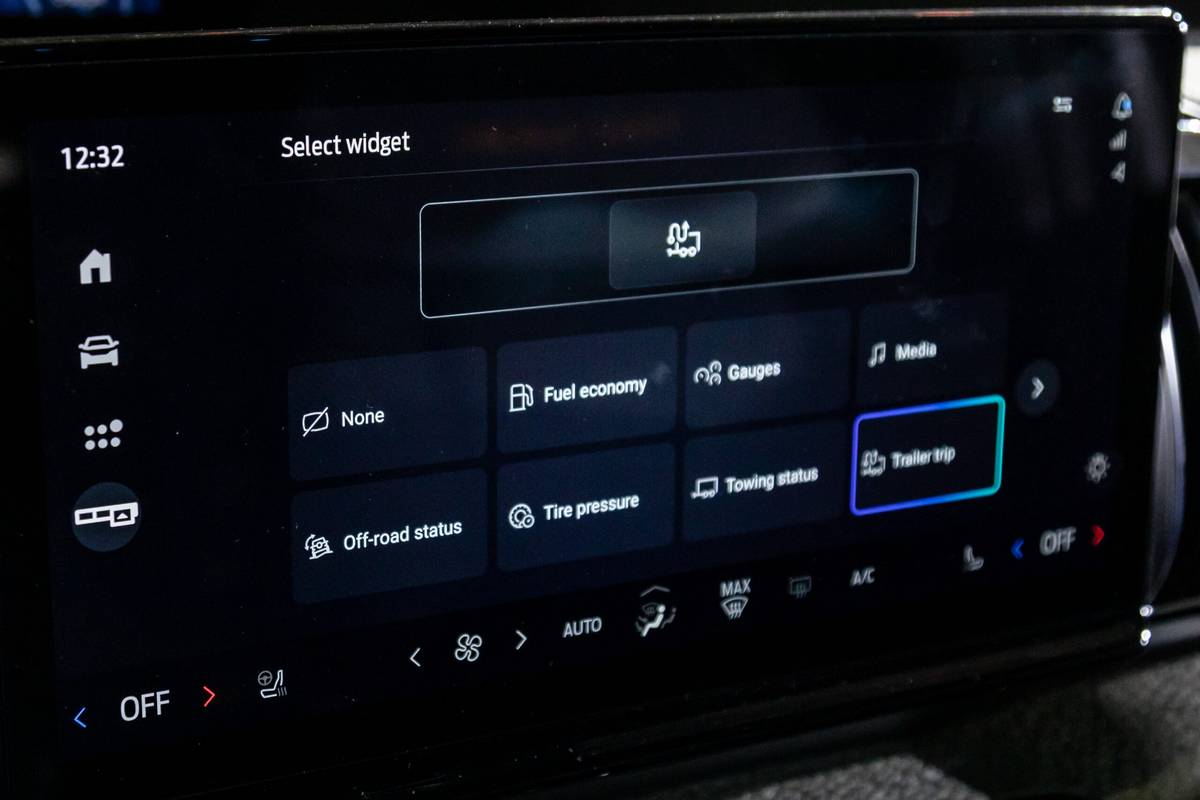
























A Tremor, Should You Need One
Every automaker is pushing the narrative that the latest generation of families are all about going out into the wilderness on overland camping adventures, and as such, they’re all providing SUVs that can do just that. National park attendance is apparently up, so maybe it’s not just marketing baloney, but in case you need to go off into the woods, the Expedition’s new Tremor trim can take you there. It doesn’t have much more equipment than the old Timberline, but the Tremor is in line with the rest of the Ford showroom’s off-road trims, so the continuity is nice. If it’s as good to drive and as capable as the Timberline, it’ll do just fine.
Overall, the changes to the redesigned 2025 Expedition are thoughtful, useful and genuinely innovative — a trend Ford tends to successfully execute in its truck lineup, and now on its big full-size SUVs, as well.
Related Video:
Cars.com’s Editorial department is your source for automotive news and reviews. In line with Cars.com’s long-standing ethics policy, editors and reviewers don’t accept gifts or free trips from automakers. The Editorial department is independent of Cars.com’s advertising, sales and sponsored content departments.

Detroit Bureau Chief Aaron Bragman has had over 25 years of experience in the auto industry as a journalist, analyst, purchasing agent and program manager. Bragman grew up around his father’s classic Triumph sports cars (which were all sold and gone when he turned 16, much to his frustration) and comes from a Detroit family where cars put food on tables as much as smiles on faces. Today, he’s a member of the Automotive Press Association and the Midwest Automotive Media Association. His pronouns are he/him, but his adjectives are fat/sassy.
Featured stories
































